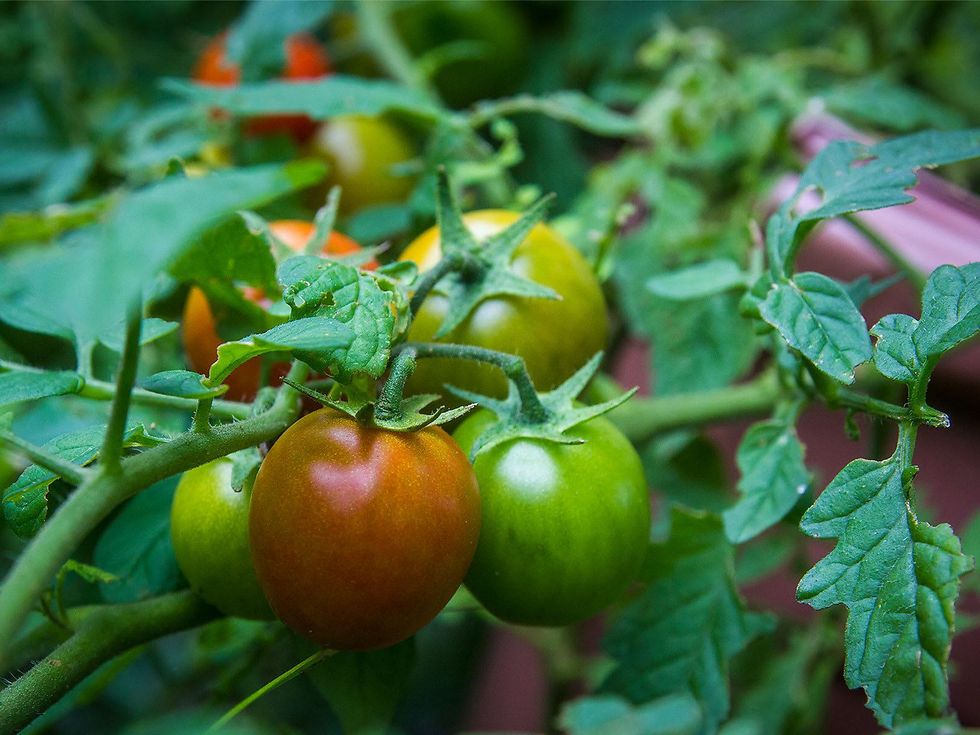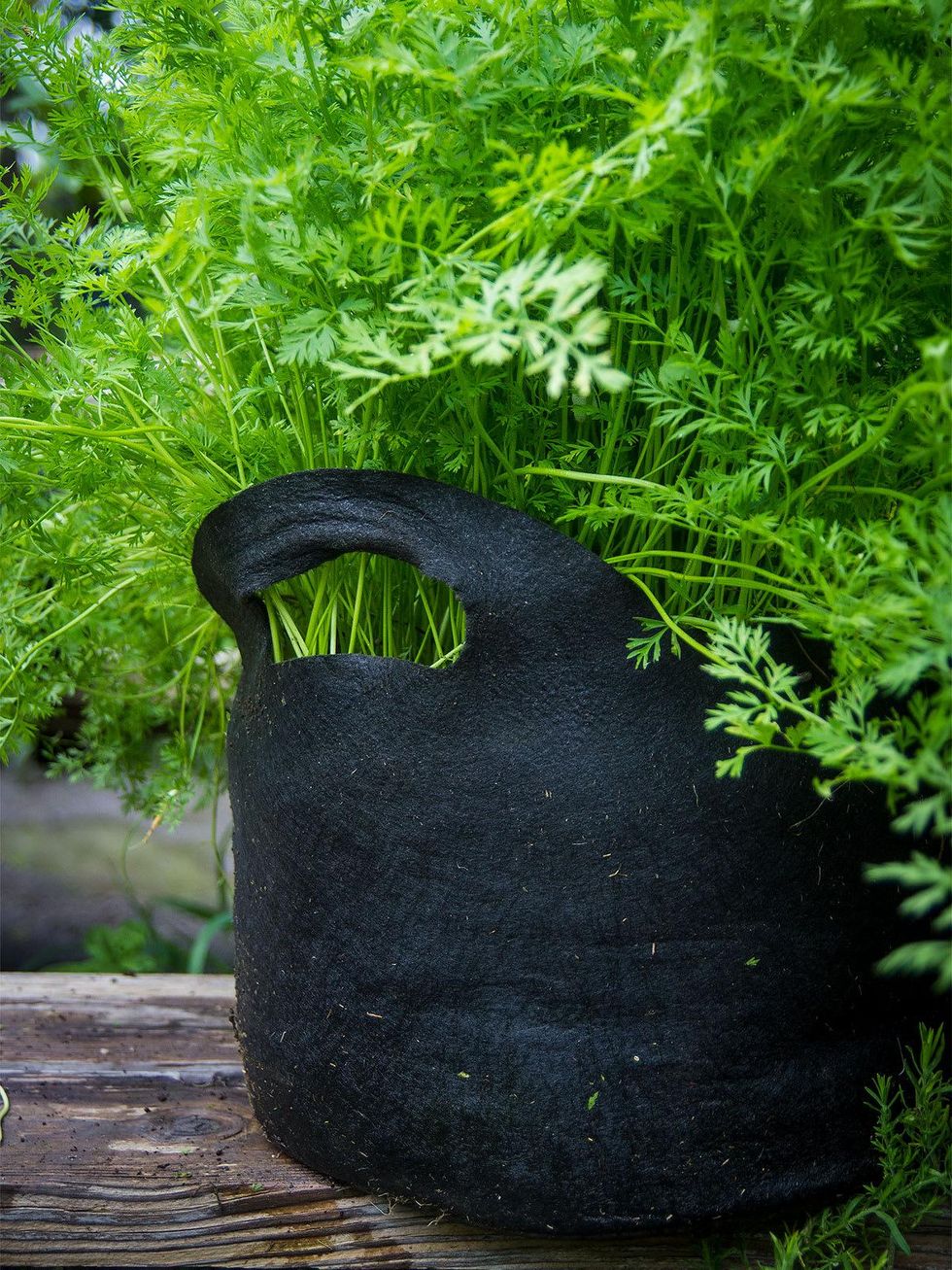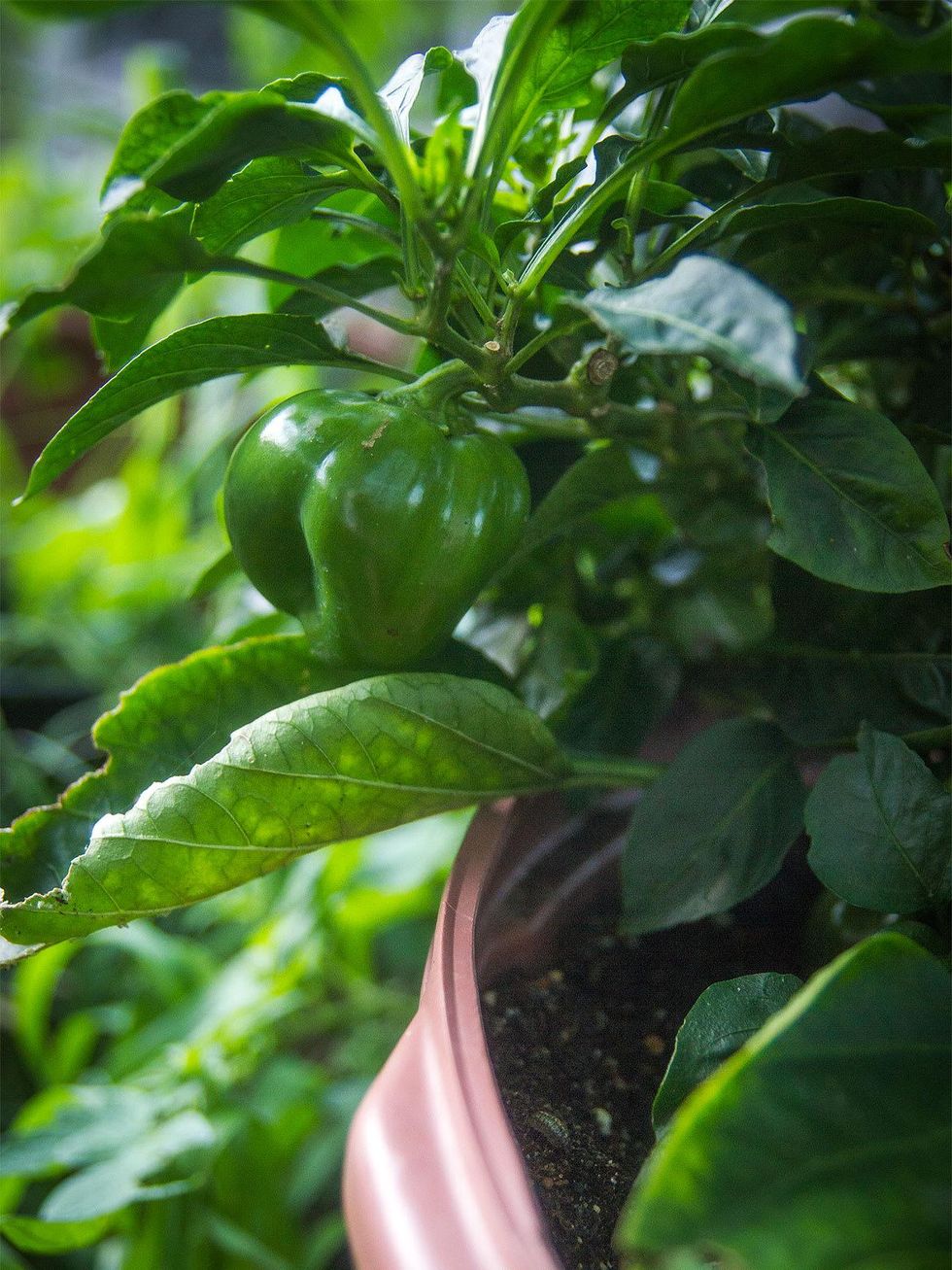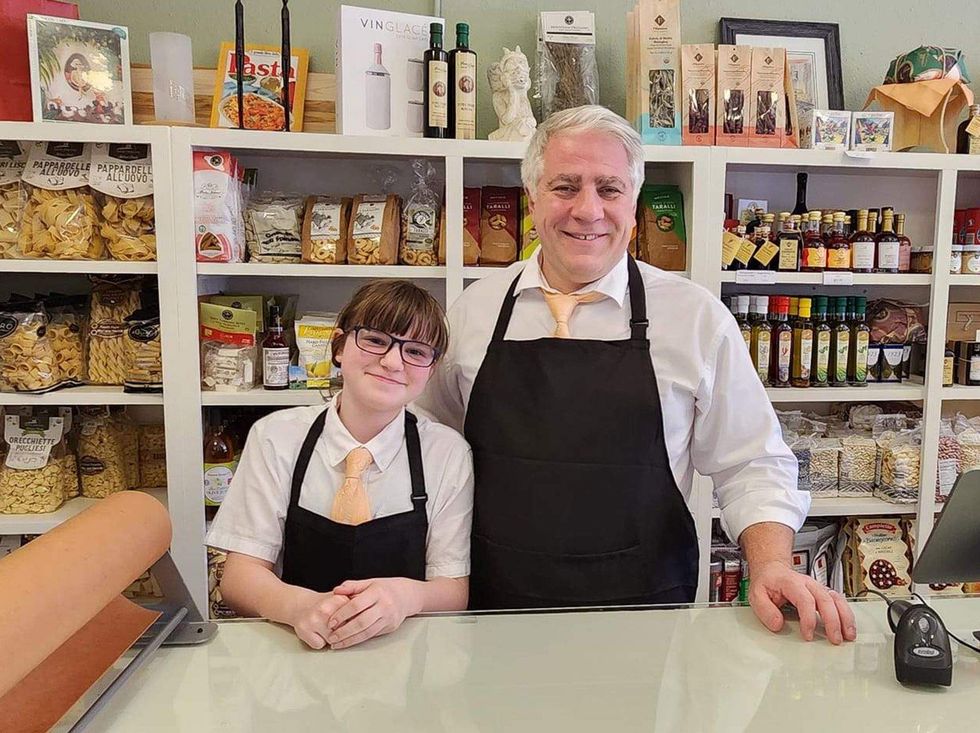The Farmer Diaries
Texas farmer resorts to pot-grown crops to battle heavy rains
In year seven of my attempt to opt out of industrial agriculture and grow more of my own food, I've come to learn there's no one, reliable way to grow anything. You can do something every year with glowing success, and then one year, it doesn't do the trick.
This year, the centuries-old method of sowing seeds into the ground was a failure, as constant rainfall flooded my land, drowning several hundred melon vines, countless gourd seeds, flowers, artichokes, potatoes and squash.
I've had no chance to sow okra, or more squash or melons, staples of my summer diet. Conditions in the field are more than just muddy; the saturated soil is like quicksand.
Yet I'm still harvesting fresh fruits and vegetables, because I happened to pot a few plants in the winter and early spring. These trials, produced out of curiosity, turned out to be the only thing I have to show so far.
Cucumbers
My cucumber planting consists of five one-gallon pots, in a space about as big as what you'd need to park a bike.
I strung jute twine to trellis the vines upward, and they've grown into the rafters of my greenhouse, with cucumbers hanging down every few feet along the vine. The cucumbers need no support; they just hang on the vine no matter how heavy they get. The vine seems to compensate for the added weight of the fruit as it grows.
Each vine has yielded about five cucumbers in the last month and a half. The longer they grow, the more they bloom in new growth and fruit follows each bloom. They taste better than cucumbers grown in the ground, perhaps because in pots they're easier to keep properly watered, which prevents them from becoming bitter.
Tomatoes
My first tomatoes suddenly appeared on one of the two tomato plants I potted in March from plants I started from seed last winter. I picked the first six tomatoes in the second week of May; several dozen more are still green but certainly only a week or two away from ripening.
Punta Banda is a tomato variety I've come to depend on in the garden, and now it's proving its worth in a pot as well. Their counterparts transplanted out in my raised garden bed are still scrawny, yellow and barely surviving their saturated soil. If they make it, I may have something to pick in July, but these potted specimens are outperforming everything else planted in the ground.
Peppers
I had a pepper plant I potted last October I'd planned to throw in the compost bin because it seemed it would never put on fruit in the greenhouse. But because it was green and healthy, I potted it in March in a 25-gallon clay pot.
Now it's about a foot tall, and has given me several peppers, with more on the way. These peppers have been the only ones I've eaten for 2015, in stir-fries and vegan fajitas. Blooms at the top of the plant promise even more fruit. Keeping this sweet pepper plant around turned out to be a good move.
Carrots
Carrot seed must be kept in constantly moist soil to germinate, requiring watering twice or more every day to get it started. The rainfall has helped newly-sown carrots in my raised bed garden, but they're still too small to harvest.
On the other hand, in December I sowed carrots in a five-gallon cloth pot with handles, and those are just about ready to toss into salads and steam with greens. During the worst of the snow, I moved this lightweight container crop into my greenhouse so the plants would continue to grow fast, and they did, while everything in the snowfall was placed in suspended animation until the warmth returned.
Squash
I planted four pots of squash in January to grow indoors. Three survived, and I've harvested about 10 squash from them. One pot was eaten alive by roly poly bugs, the armadillo-like crustaceans that come out when it's wet all the time. This hasn't been my most successful potted crop trial, but it has yielded squash that helped to break the monotony of winter greens for dinner every night.
Lettuce
Growing lettuce outdoors is a futile task, as any problem with weather or insects can do them in fast. I grew 10 heads of lettuce in a container, and they turned out huge and delicious.
Herbs
I've had no shortage of fresh Italian basil this year. Since January, I've picked about 10 pounds from container-grown plants. I've used most of it to introduce myself to a local food-prep business, trying to get my foot in the door there.
One surprise crop success was Tulsi basil. It has a licorice flavor and makes an interesting tea when you steep about 10 leaves for 15 minutes. I'm still reaping plenty of leaves from the half dozen plants I've grown in containers.
I overlooked cilantro, sowing only three plants' worth of seed back in January. It was good while it lasted but has bolted and died. I should have started more by now. Nevertheless, the several Tex-Mex dinners I've enjoyed have been made complete by my container plantings.
I've always had a bias against container-grown fruits and veggies. I suppose that my unsuccessful attempts in my 20s to grow a decent tomato on an apartment balcony tainted my feelings. But back then, I bought cheap soil and used a flashy, green miracle powder as a fertilizer. This only created tasteless fruits that made me long to get back to a place where I could grow crops the real way.
This year, the real way hasn't been possible. But with a good, organic potting mix and a complete, mostly organic liquid fertilizer, I've learned that a container-grown crop can do as well as, or better than, one grown in the ground. My potted plants are thriving when all field-grown crops are dying because of one advantage the pots have: drainage. As long as the roots of a plant can be reached by oxygen and not sit in cold, suffocating floodwater, the plant can be healthy even if the rains fall forever.
If there's no end to the rain in the near future, I may have to plant my summer staples of okra, zucchini and melons in pots if I want to enjoy any of them before Labor Day.




 Ari Lowenstein and aide at Ari's PantryAri's
Ari Lowenstein and aide at Ari's PantryAri's